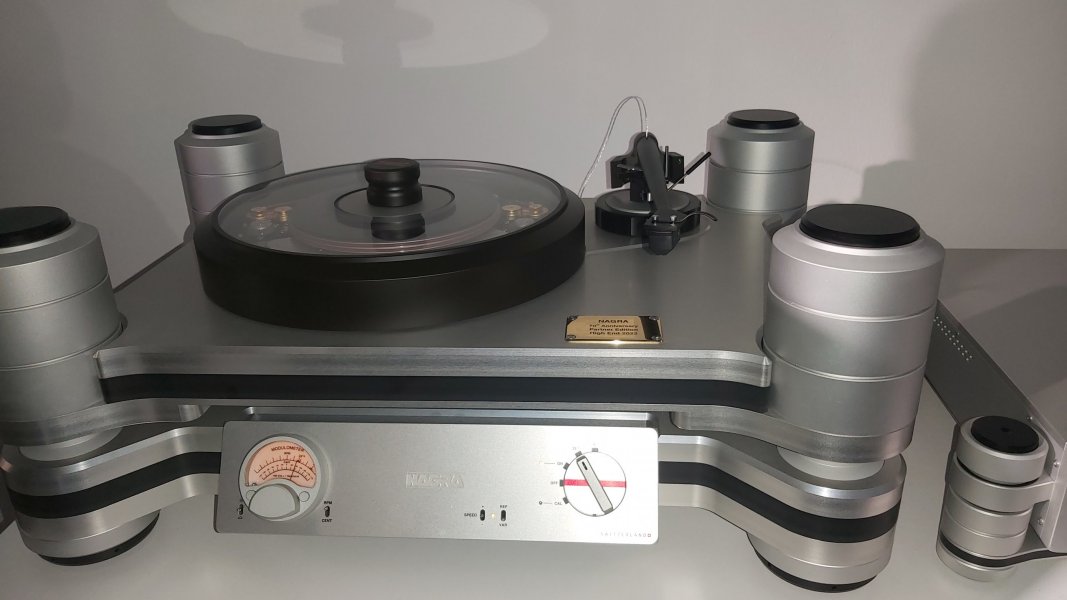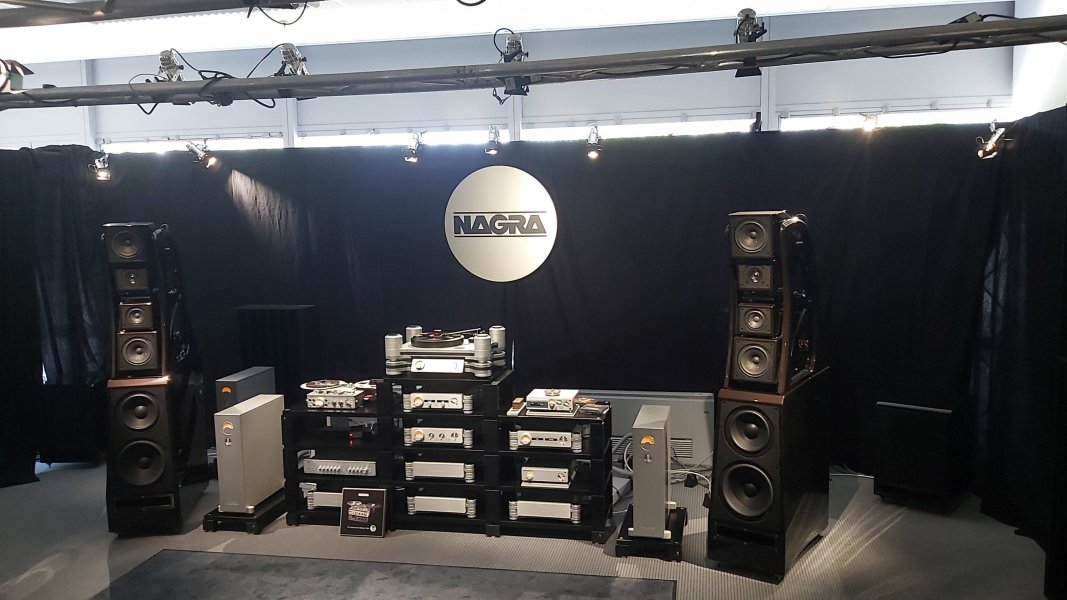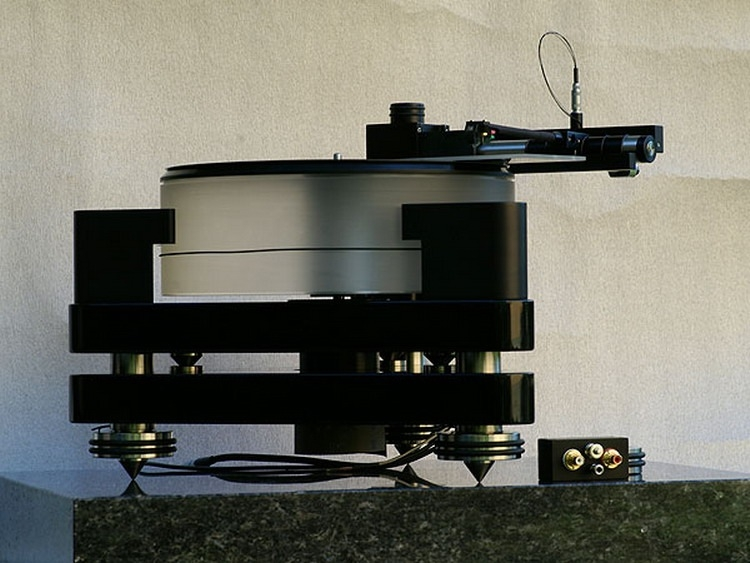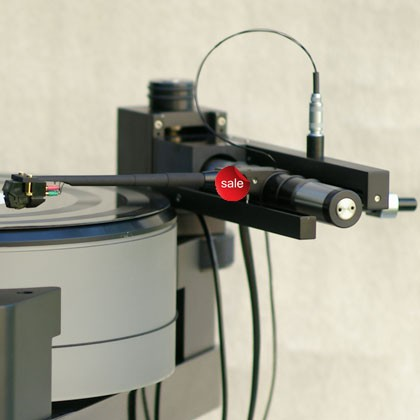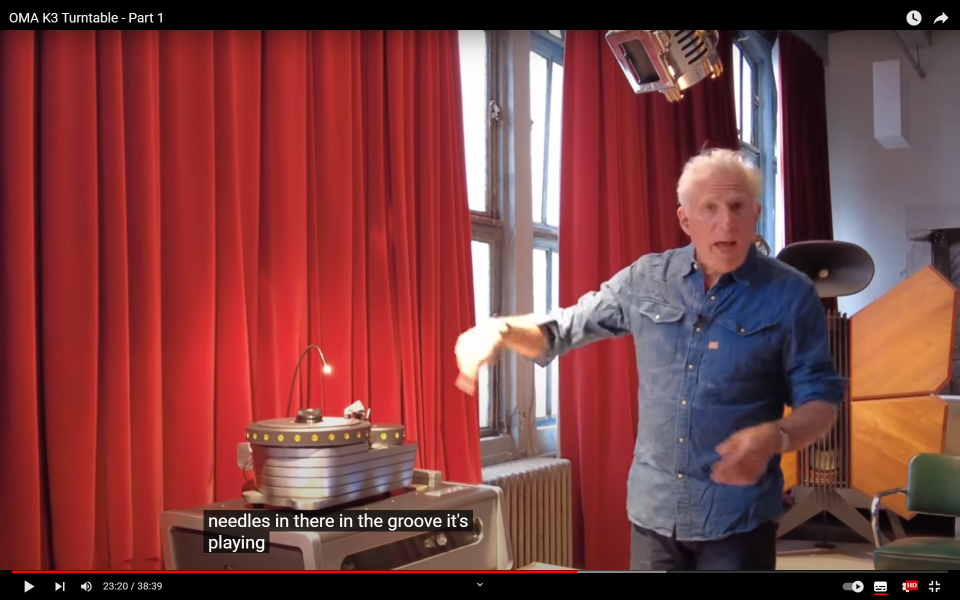Air Force One and One Premium use a fairly simple and small industrial motor. I have disassembled a AF1 motor housing and looked at the motor itself. Small motor has less vibration than a large one.Are there any other high end turntables with more than one motor?
Seems like multiple motors are a great way to increase torque without the drawbacks of a larger motor. And this is something you can’t do with direct drive.
The problem with multiple motors is to get them to rotate in a synchronised way. The torque of most motors is not delivered in a continuous and steady way. It is like a gas engine in cars, the torque is provided by each stroke of cylinder, so it wobbles. More motors means more wobbles, it will just make things complicated.
Air Force Zero uses Papst motor which has a 3 phase 12 poles spindle. Each phase is driven by a separate amplifier circuit. It is like having three independent motors packed into one chassis. That's equivalent to 4 cylinder engine vs 12 cylinder one. The torque is larger and more steady. Together with air bearing and a large flywheel, the motor in AF0 is certainly one of the best, if not the best in a turntable system.









